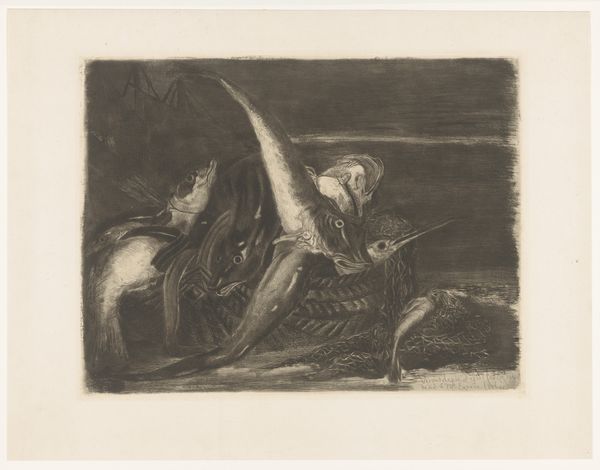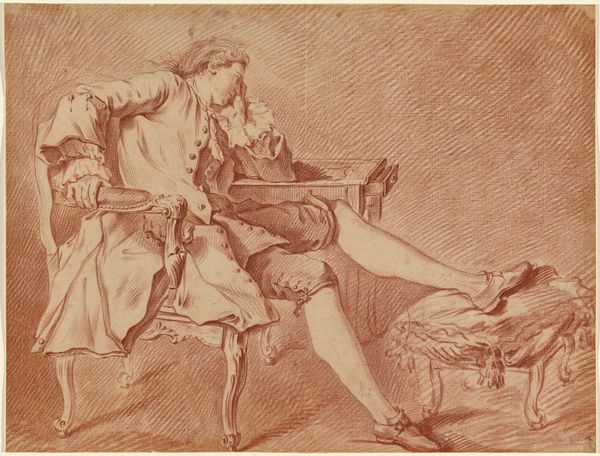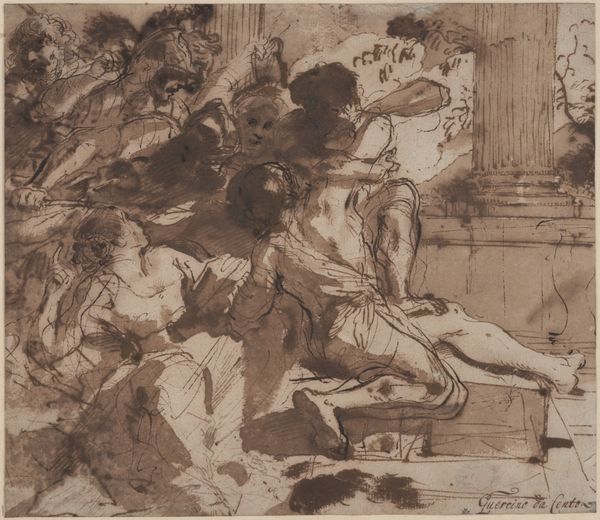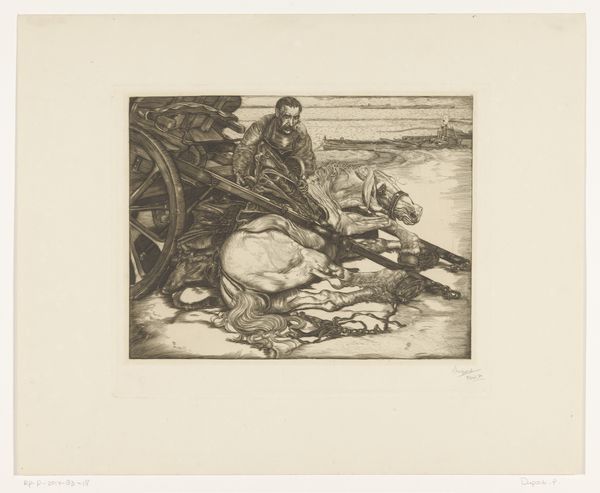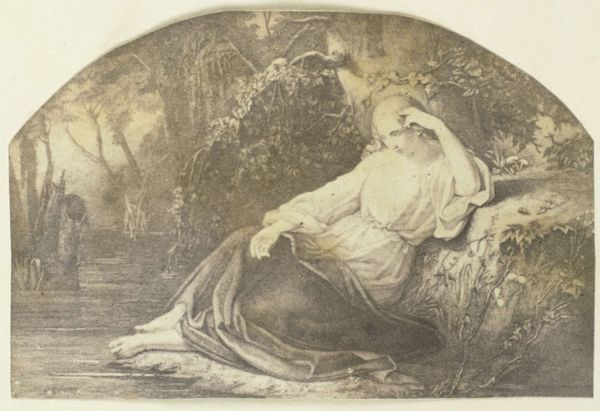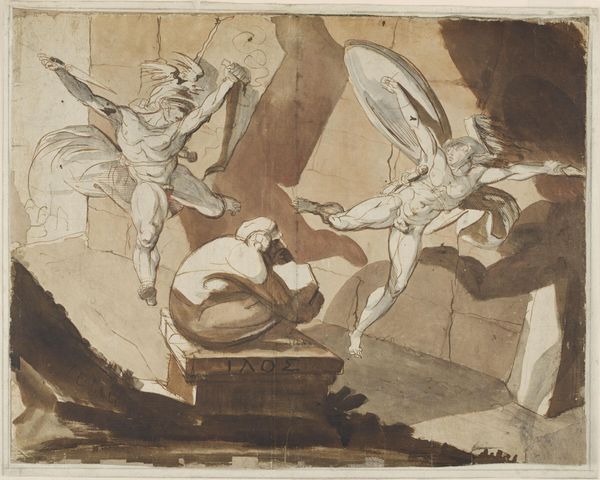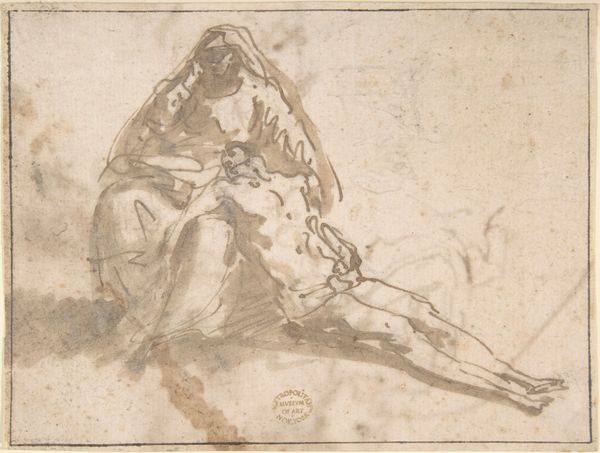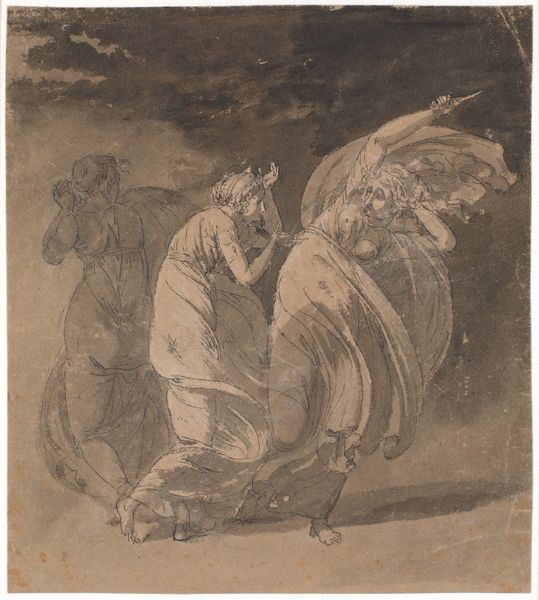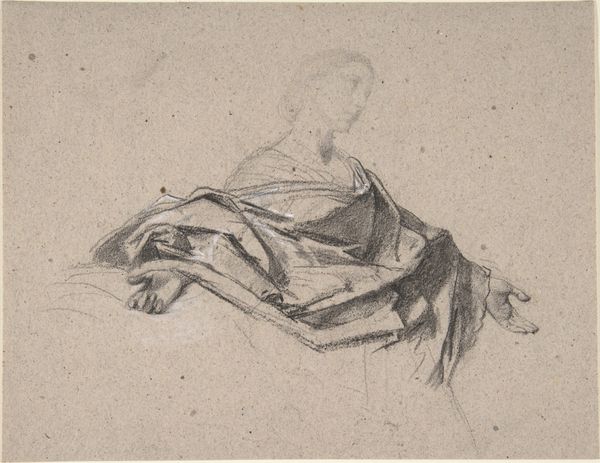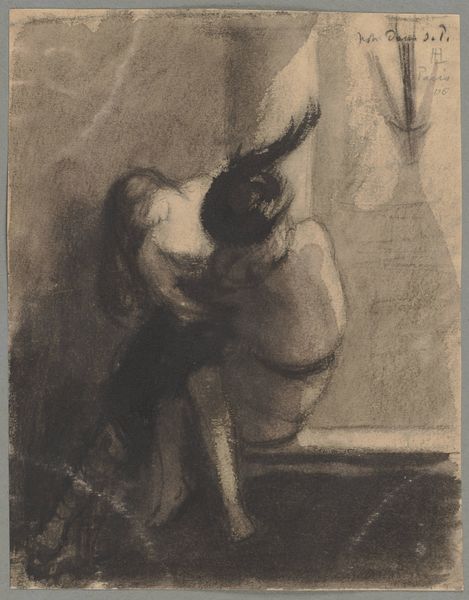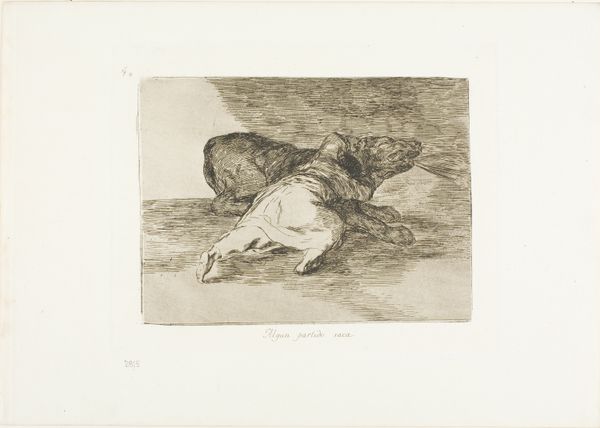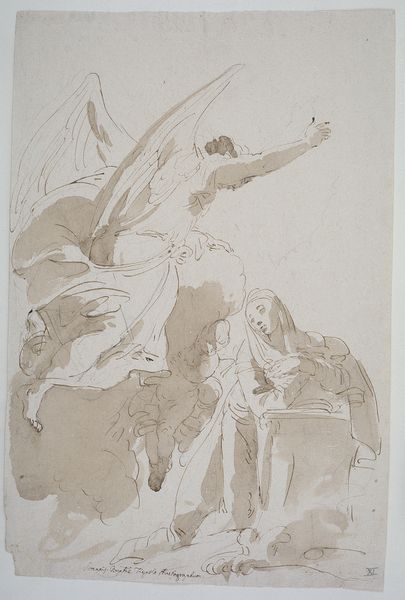
oil-paint
#
baroque
#
dutch-golden-age
#
oil-paint
#
oil painting
#
vanitas
#
genre-painting
#
realism
Dimensions: height 60.5 cm, width 71 cm, depth 7.5 cm
Copyright: Rijks Museum: Open Domain
Hendrick ten Oever painted this still life with oil on canvas in the Dutch Republic during the second half of the 17th century. Still life painting, like other genres, was shaped by the dynamics of the art market. As the market expanded in the Netherlands, specialization became more common. Artists like ten Oever focused on particular subjects, in this case, dead game. The display of hunting spoils speaks to status and leisure, reflecting a society where hunting rights were often restricted to landowners. Consider the cultural values embedded in this seemingly simple image. The dark background heightens the sense of drama, while the careful arrangement invites contemplation on the relationship between humans and nature. To understand this work better, we might consult period hunting manuals, social histories of the Dutch Republic, or even ornithological guides to identify the specific bird species depicted. Approaching this artwork as a historical artifact allows us to appreciate its cultural significance more fully.
Comments
No comments
Be the first to comment and join the conversation on the ultimate creative platform.
